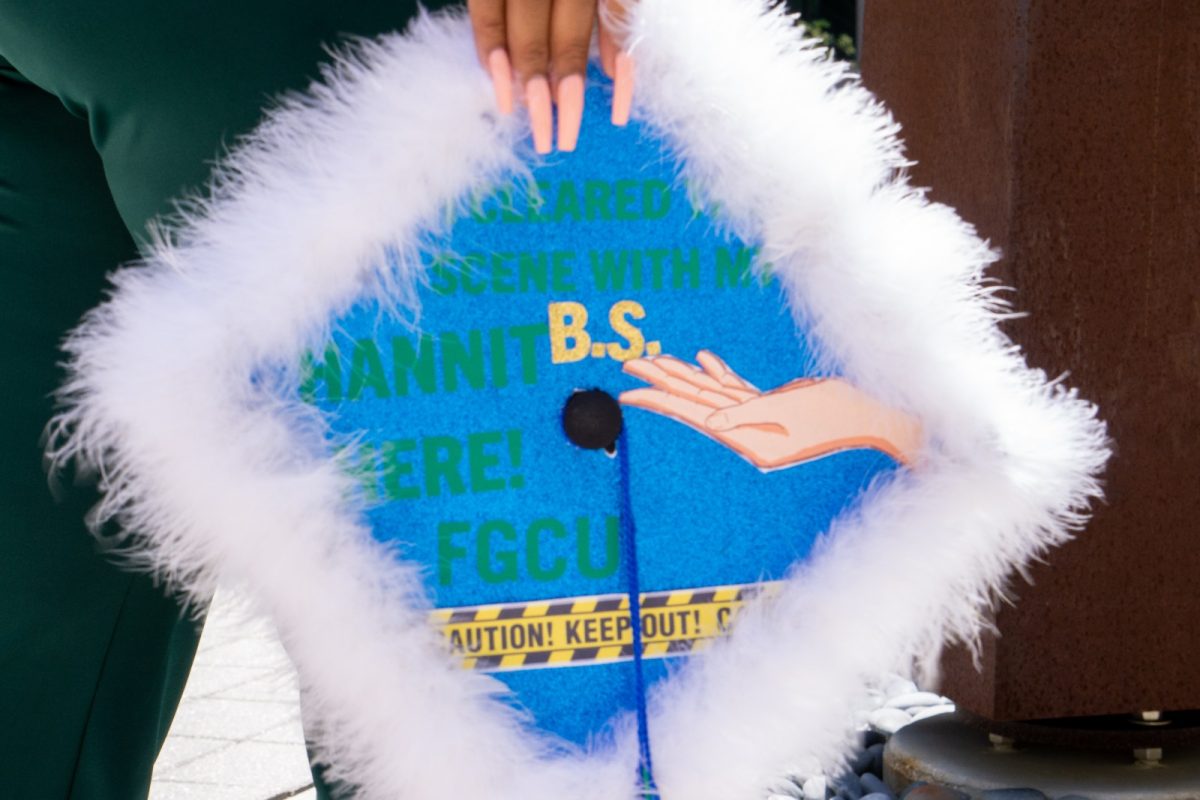No Love Lost on Capitol Hill
February 1, 2021
A rally in support of former President Donald Trump took a deadly turn after thousands of attendants stormed the U.S. Capitol as Congress voted to certify President Joe Biden’s victory on Jan. 6. Seven days later, the House of Representatives impeached Trump for a second time for an incitement of insurrection.
The breach at the nation’s Capitol resulted in five deaths and numerous injuries. One Capitol Hill police officer died from injuries sustained from the attack, and four deaths were reported among those who protested, according to the New York Times.
“… we’re going to walk down to the Capitol, and we’re going to cheer on our brave senators and congressmen and women,” said Trump in his speech before the attack.
“[Trump] is responsible for inciting the insurrection that occurred, and when he was confronted by his colleagues to cull his enraged mass of supporters, he simply walked away,” Justin Conklin, a freshman at FGCU, said. “That, to me, is truly shocking.”
Federal law enforcement was unsuccessful in stopping the mob from entering the building. Rioters passed through barricades and security checkpoints, eventually reaching the House Chamber, forcing congress into a lockdown, according to ABC News.
“These events showed the true sentiments of many citizens in America and even members of congress,” Astrid Nova Diaz, a freshman at FGCU, said. “It showed what they’re truly capable of and how far they’re willing to go. This means that both sides cannot come together and agree to disagree anymore.”
Eagle News received no response from FGCU’s political science department after asking for comments.
“As someone who studies democracy and political instability, I think it is absolutely justified to ask whether or not what occurred in Washington, D.C., was an attempted autogolpe or ‘merely’ an insurrection,” John Polga-Hecimovich, a political scientist at the U.S. Naval Academy, said to The Washington Post.
Members of the group looted offices of lawmakers taking congressional laptops and art pieces. Among the damages were important artifacts and extensive vandalism to walls and doors, according to The New York Times. U.S. taxpayers will pay for restoration efforts as the building is not insured, according to Reuters.
As the protest turned violent, Trump tweeted a video that has since been deleted, urging his followers to leave the building peacefully, according to The New York Times.
“[Trump] has been causing distrust in the results for months, and he knows what effect his thoughts and speeches have on his followers,” Nova Diaz said. “He knew what would happen if he encouraged them to ‘march’ on Capitol Hill, and he did it anyway.”
As confederate flags roamed the halls of congress, Twitter took action to lock Trump’s account after releasing statements that violated the company’s policies. Facebook soon followed with a ban for 24 hours, according to the New York Times.
Polga-Hecimovich told The Washington Post that he hopes that the attack on the Capitol serves as “a wake-up call to political elites and party leaders in the U.S. that their words — and actions — have consequences and that they must change their behavior.”
“At least I hope so,” he said.











































